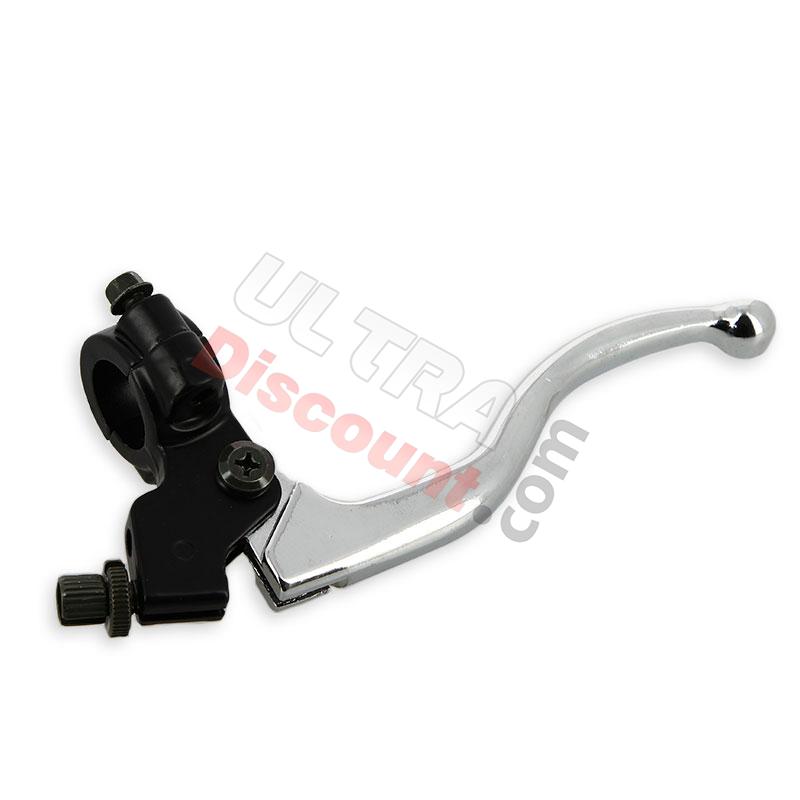

Chisels, knives, hatches, carpenter’s planes, and axes are all examples of a wedge. Pulleys and wheels and axles, for example, are really special kinds of levers, and wedges and screws are special kinds of inclined planes. When you use a shovel, for example, you hold one end steady to act as the fulcrum, and you use your other hand to pull up on a load of dirt. Some kinds of garden tools are examples of third-class levers. In a third-class lever, the effort force lies between the resistance force and the fulcrum. When you stick a shovel into the ground, the blade converts the pushing force down the handle into forces which push outwards from the blade faces. During flexion at the knee, the point of insertion of the hamstrings on the tibia is the effort, the knee joint is the fulcrum and the weight of the leg is the load. These movements are involved in running, jumping and kicking. The majority of movements in the human body are classified as third-class lever systems. Mechanical advantage can be calculated by dividing the effort arm by the resistance arm (MA = EA/RA).


The greater the mechanical advantage, the less effort required. What is lever in biomechanics?Ī lever is a rigid object that is used with an axis to either multiply the mechanical force (effort) or resistance force (load) applied to it. As such, the lever is a mechanical advantage device, trading off force against movement. The ratio of the output force to the input force is the mechanical advantage of the lever. I’ll probably also prattle on about history and usage, but when I’m describing the specific type of catapult, I’ll use the terms I discussed above.Īll images from Wikimedia Commons/WikipediaĮxplanation of the catapults come from my analysis of the various catapults and my prior knowledge of various types of siege weaponry.A lever amplifies an input force to provide a greater output force, which is said to provide leverage. This may seem basic and dry, but whenever I talk about catapults or trebuchets, I’m going to open up with lever type and explain how the effort is applied. The effort is applied on one end of the arm by a heavy weight, and the load is the sling on the opposite end of the arm. The effort is applied in the middle of the arm, basically using a bow. The fulcrum is at the end of the arm, where it connects to the axle. Catapults normally use type 1 or 3 levers I’ve yet to come across a catapult that uses a type 2. The throwing arm of the catapult is the lever, the fulcrum is where the arm attaches to the catapult, and the load is what the catapult is throwing. In a type 3, the fulcrum is at one end, the load is on the other, and the effort is in the middle.Ĭatapults vary in the type of lever used and how the effort is applied. In a type 2, the fulcrum is at one end, the load is in the middle, and the effort is on the other end. In a type 1 lever, the fulcrum is in the center of the lever, the load is at one end, and the effort is on the other end. The load is what the lever is being used to move. The effort is the force applied to move the lever. The fulcrum is sort of the “anchor point” of the lever it’s where the lever pivots from. The one we’re interested in right now is the lever.Ī lever is made up of three parts: the fulcrum, the effort, and the load. Hopefully, everyone is familiar with the concepts of the simple machines–lever, wheel and axle, pulley, inclined plane, wedge, and screw.

Hello, and welcome to my first post actually related to siege engines! I hope everyone is as excited as I am.


 0 kommentar(er)
0 kommentar(er)
